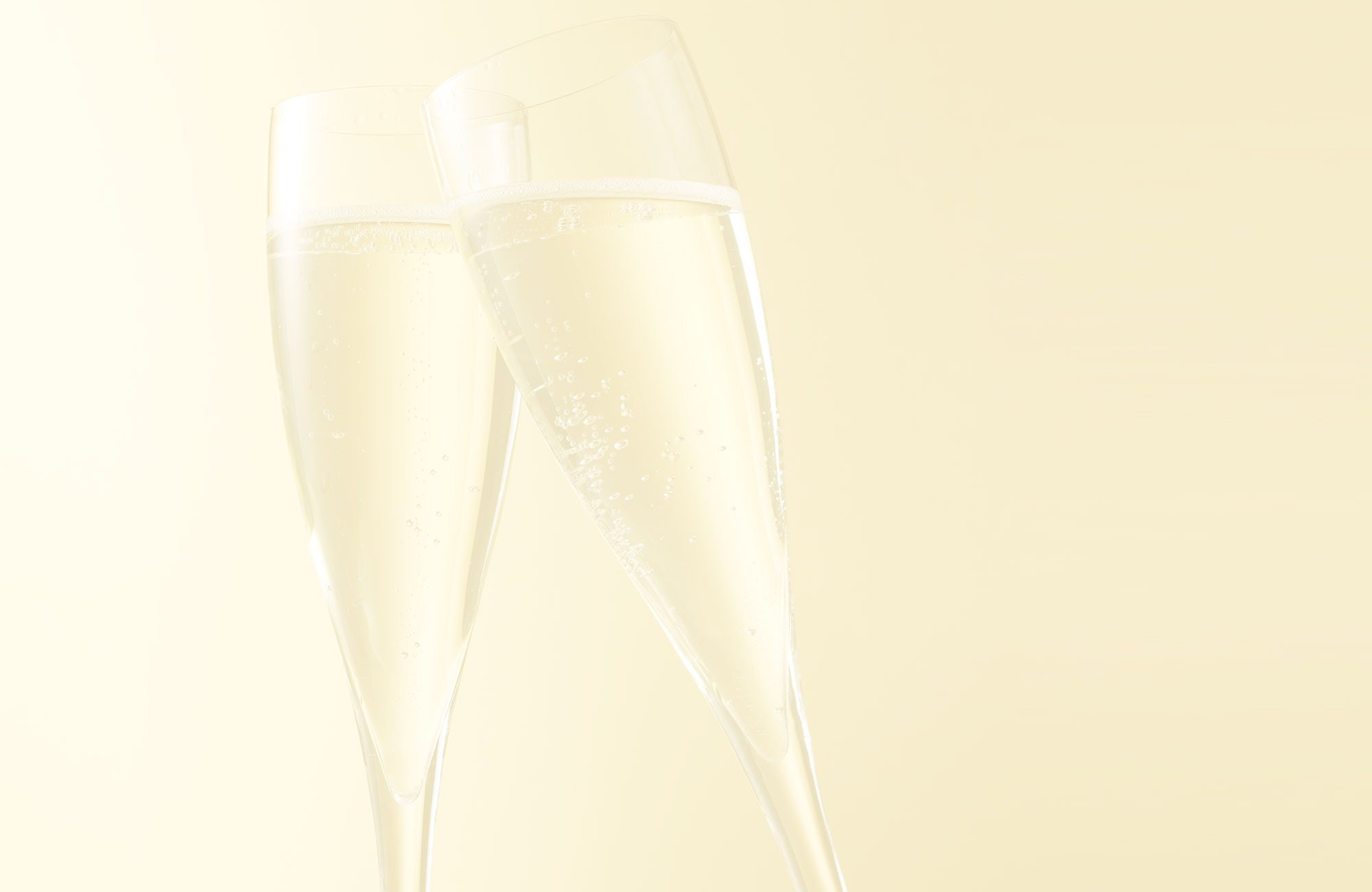HARVESTING : September :
The grapes are harvested manually, ripe 100 days after flowering, and are then transferred to the press room in perforated cases of 45 kgs. There is a staff of 60 people mostly from the North and East of France. Our last harvest was of a very high quality with very juicy grapes and a very good degree of alcohol. This is very important for us to continue to produce the aromas and flavours of our vintages.
PRESSING
As the grapes are harvested they are transferred to our press room to be pressed respecting the traditional methods that have been in use since the 18th Century. It is true that modernity has considerably helped in easing the tasks for the workmen. When pressing, the grapes must not be crushed but pressed. The juice and the skins must not be mixed and each press is strictly measured in order to get the best results.
VINIFICATION
After pressing the grape juices will begin their transformation into wine. The first stage of the vinification process consists in leaving the juices to settle for 24 hours ( we call this the racking of the must). We then continue the vinification by filling our oak barrels with this settled juice and by adding selected yeasts to start the alcoholic fermentation the natural sugars will be consumed by the yeasts and transformed into alcohol and will also produce carbon dioxide). This fermentation will last for about 10 days and be followed by the malolactic fermentation (de-acidifying by the lactic bacterias), the chilling (a natural de-acidifying process due to the crystallising of the tartaric acid), the filtering and the bottling. Each vintage is vinified separately. It is just before bottling that we do the cuvee blending ( which will represent our vineyards 50% Chardonnay, 25% Pinot Noir and 25% Pinot Meunier and for some of our vintages, reserve wines from the previous year.
STORAGE AND AGEING IN THE CELLARS
The bottles are stored in our cellars at a consistent temperature of 11°, where the last fermentation will take place but this time inside the bottle (roughly 3 weeks) and impossible for the carbon dioxide to escape. It is one of the last stages of the vinification, and also one of the most delicate as it is carried out at a low temperature (11°) and will produce thin bubbles and will especially allow us to call the wine Champagne.
They will stay in the cellars for at least three years (the law imposes 15 months). After this long wait we then start the riddling ( some of which is done manually on the racks and some done mechanically). We also start the disengorgement ( an operation which consists of evacuating the sediments left by the yeasts during the fermentation process and adding the liquor which will determine, depending on the quantity, whether the wine is Brut, Demi-Sec or even Brut Nature etc..)
